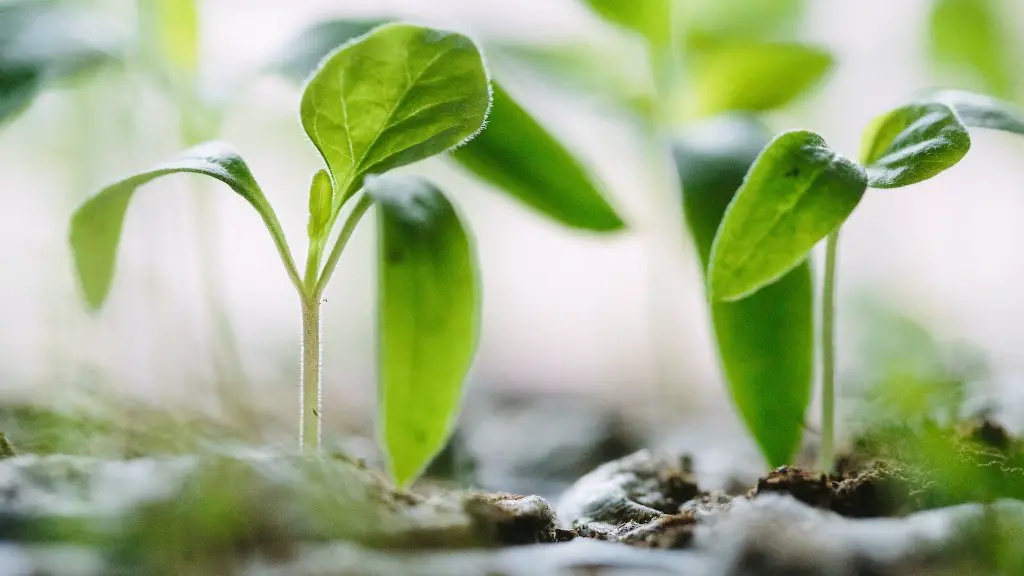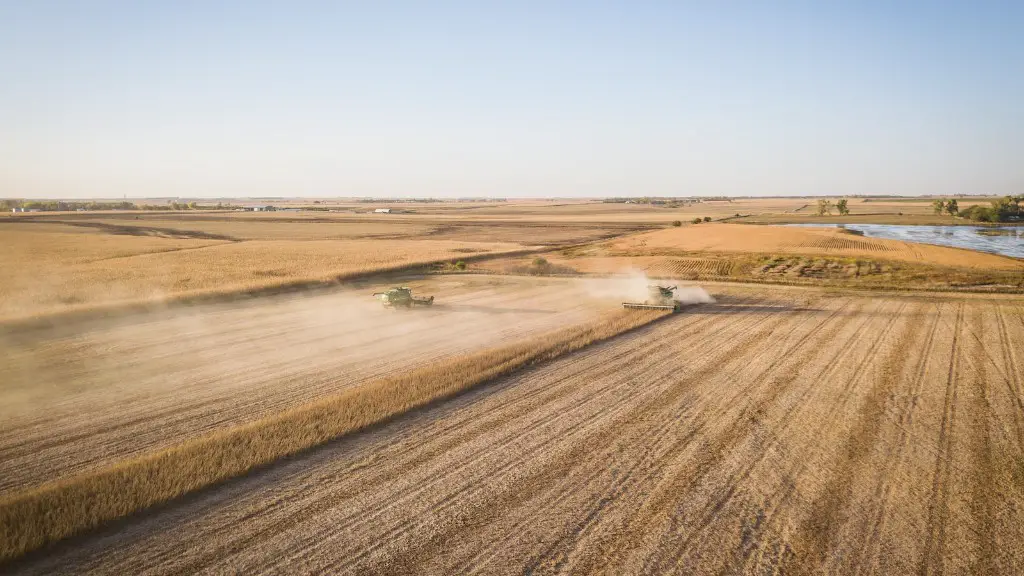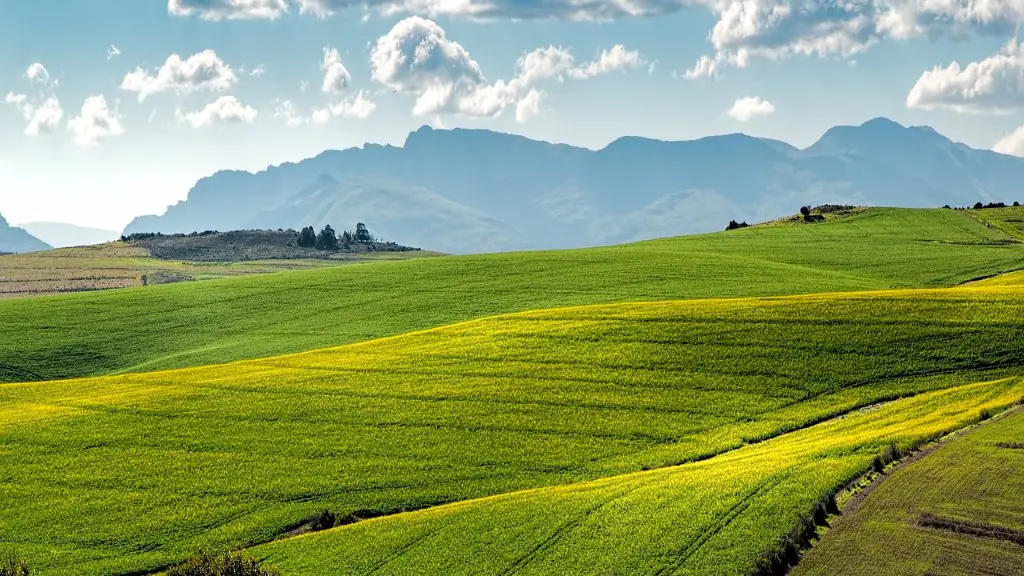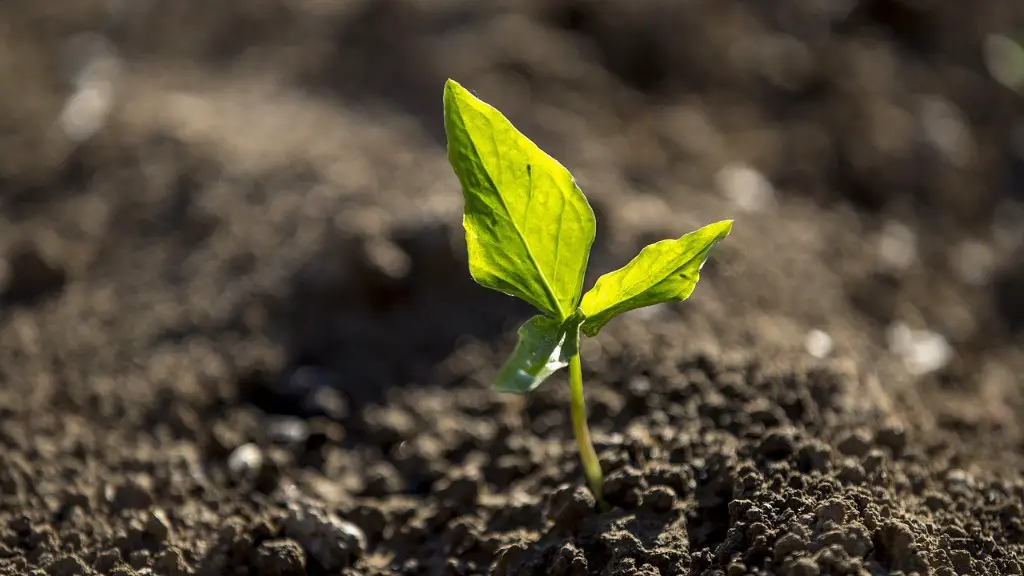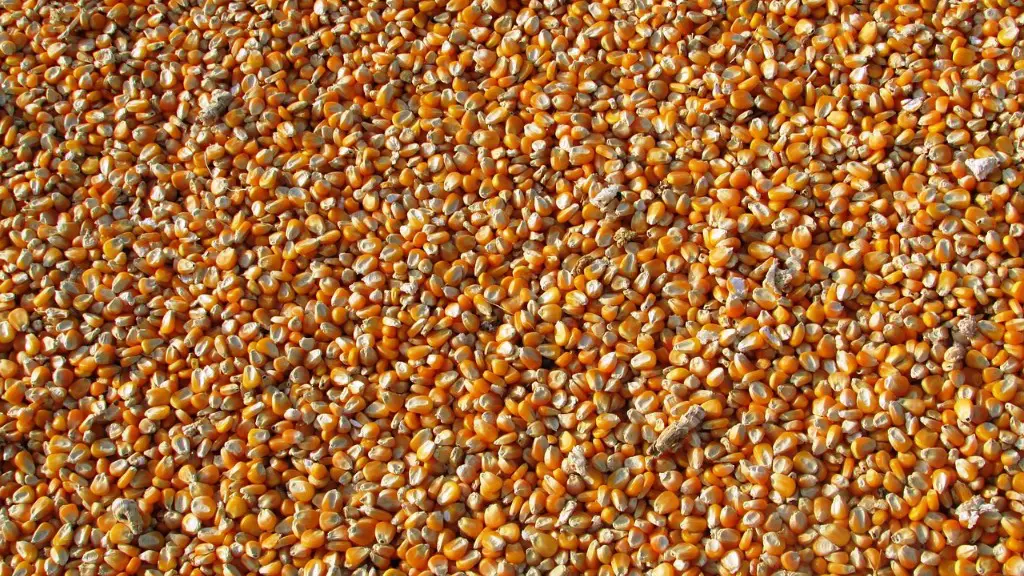Pre-colonial agriculture was a way of life for many cultures around the world, including the Americas. It is a form of agriculture that was practiced before Europeans arrived and significantly changed the use and standard of land for many people. Pre-colonial agriculture frequently involved a combination of small-scale and subsistence farming, swidden or slash-and-burn farming, and intensive gardening. These methods were used to produce food and other products for people and their communities, sustainably managing the land and maintaining a balance between human and natural environments.
Tectics to Enhance Soil fertility
Different pre-colonial agricultural systems meant examining various aspects of the land. Early agriculturalists would examine the contours of the land, topography, the flora, and the fauna in order to benefit from the advantages of their type of system.
To improve soil fertility, farmers used several practices. For instance, farmers would always try to return all the nutrients and minerals back to the soil for future planting. They would also rely on crop rotation and intercropping, which involve changing the same land with various crops on a seasonal basis. Moreover, leguminous plants were used to fix nitrogen to the soil, benefiting future plantings.
Organic farming and manure were also frequently used to enhance soil fertility. This is done by adding organic matter like plant leaves, fruit skins and kitchen remains to the soil to get a better outcome with future seedlings. Some agriculturalists would scavenge nearby forests, rivers and creeks for additional organic material.
Finally, many farmers would rot some plants, using them as a green manure, which helps to increase the nutrient content in the soil. After these practices, some farmers would be able to grow three to four successive crops in mere months or even weeks due to the fertility of the land.
Trading in Pre-Colonial Agriculture
In addition to producing food resources for the tribes, pre-colonial agriculture served for the trading activities too. These trading activities enabled the local or global exchange of valuable goods, services, and knowledge. It also enabled the integration of many different cultures and their resources.
The wide array of foodstuff could then be traded through different routes. This generated a wide array of economic connections between different civilizations and allowed them to strengthen their networks, both locally and regionally. As a result, this gave access to new resources, ideas and discoveries, which in many cases benefited the native tribes.
The presence of these trading networks enabled the spread of farming technologies across continents and continents. This enabled the exchange of seeds, plants, farming equipment and finally, more advanced agricultural strategies.
The natives would then take what was useful and discard what was not, helping them adapt to their local environment. Additionally, this contributed to a better understanding of the different cultures and their agricultural systems.
Development of Farming Tools
Farming tools have been around for thousands of years and have played a significant role in the development of pre-colonial agriculture. These tools allowed people to do a lot more with the same amount of physical work and make agriculture more efficient.
Among the most important tools were the digging stick and the hoe. Digging sticks were pointed and sharpened on one side with a flat blade on one end. Hoes were similar to sticks, but their shape allowed them to be used to scrape, break, crush and clear the soil from unwanted rocks and stones.
The use of sickles and chestnut rakes were also frequently used for cutting and harvesting crops. Finally, the use of stone grinding mills allowed for better grinding of food grains into flour for breads, cakes and other pastry.
Systems of irrigation
In some regions of the world, it was necessary to use multiple techniques to ensure a stable water supply. Most of these techniques were used to move the water from its source towards the fields. This was done with the use of canals, dams, aqueducts, and irrigation systems.
In some cases, the use of rainwater was also an important aspect of obtaining water for the fields. Cisterns and underground reservoirs were commonly used to collect and store water and divert it into the crops. Furthermore, the use of traditional planting techniques such as flooding and hotbeds also helped to bring additional water to crops.
These traditional farming techniques, plus the use of canals and aqueducts, allowed many cultures to use the water efficiently and sustainably for their agricultural needs. This system was so efficient that it enabled the homesteads and primitive people to comfortably support the subsistence farming techniques.
Animal Husbandry and Galens
Animals were also associated with pre-colonial agriculture and played a critical role in the sustainable use of resources from the land. There were a lot of different species used for food, clothing, transportation, and much more. Ox ploughing allowed quicker tilling of soil for planting and also made the process easier and more accessible.
Additionally, animals’ manure was used to aid in soil fertility, as it is highly rich in minerals and nitrogen content. During this era, they also kept bees and other insects to produce honey, the use of hives was common. This honey was used as a sweetener in food and even in medicines.
The practice of crop rotation and intercropping was also supported by the use of animals on the land. For instance, this meant rotating between grasses, legumes, grains and vegetables to maintain the overall health of the soil in the long run, which eventually improved the yield of the crops.
Finally, goat pens and sheep folds were also used in the past, enabling farmers to keep the animals safe from predators. Additionally, these allowed animals to feed from the green pastures and to go to the central shelters when needed.
Organic and Traditional Crops
Pre-colonial farmers developed a lot of crops over the years and many of them are still used today by local tribes and other cultures. The main focus for pre-colonial cultivations was the use of traditional and organic crops based on the environment. Most of these crops resulted from experimentation and generation-on-generation exchanges.
Many of these crops were used for different purposes and are still found today in the local markets. Corn, wheat and rice were some of the most cultivated pre-colonial grains. Additionally, sweet potatoes, pumpkins, squash, and manioc were some of the most common vegetables crops.
Roots like cassava were also cultivated, served either cooked or fermented. The use of tropical and temperate fruits, nuts and spices were also common, helping to diversify the daily meals. All of this food was used not only for sustenance, but also for the storage of goods.
Finally, several medicinal plants were cultivated for their different uses in traditional medicine. Certain plants were used for their sweet smell, for flavouring beverages, or to make food more digestible.
